Molded or "stone rose" is a unique plant. Extremely enduring and not demanding in care, this long-term grass, easily multiplies and carries out, practically, anywhere. Resistant to drought and frosts, stone rose does not change its appearance all year round. Naturally, such valuable qualities and an unusually attractive decorative appearance, could not not find their widespread use in flower growing and landscape design. Moreover, the plant has become famous for not with flowers, but a multi-colored lush deciduous sockets. A variety of varieties and ease of care allowed the plant to "conquer" a real popularity among garden ornamental plants. About this, as well as about the features of landing and care for mild in the open ground, will be detailed in detail in the article. A selection of photos and thematic video will help to recreate the overall impression of an exotic plant - MEDO.
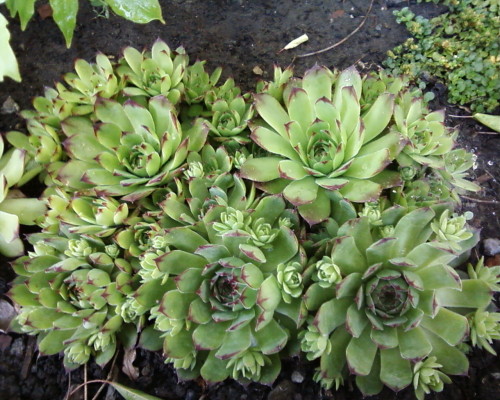
Content
Plant Description
"Moldo" is an unusual name for the plant, translated from Latin (SemPervivum) denotes "perpetrators". Among the gardeners, it is often called the "stone rose" or "hunger of cabbage". Such original names are simultaneously intrigued and characterized by a perennial plant. A small, with rosettes from leaves, reminiscent of roses buds, a monocarlik plant all season remains green, glading his eyes with an extremely decorative look.
This perennial and fleshy grass belongs to the Tolstanka family. Juicy and fleshy leaves, more often pubescent. One outlet may contain from 30 to 80 leaves accumulating spare nutrients and moisture. In diameter, the sockets grow up to 10-15 cm. As a typical succulent, has a characteristic wax chain and resistance to drought. It is the wax raid and an easy edge on the leaves prevent the loss of moisture.
Leaves, depending on the variety of plants, have different color. There are views with leaves of green, brown, ruby-red, silver, pink and even purple shades. Some varieties are able to change the color of the leaves during the season. The change in the leaf shade is connected not only with the time of the year, as well as with the conditions of cultivation. The solar plot, the brighter and the color of the leaves will be rich. Also, there are views from the two-color coloring sheet plates. Then, the upper part of the sheet contrasting the lower part. Such a multifaceted palette of colors and an attractive appearance, made molded with the favorite of many gardeners and decorators.
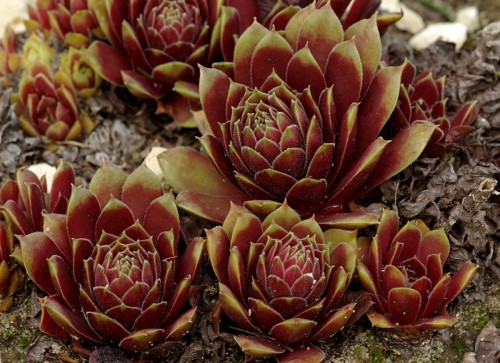
The plant is blooming once, in the summer, for the 3rd year of life. Blossom continues from 2 to 2.5 months. Coloros, in contrast to the plant itself, high (up to 10-25 cm) with small star colors. But not flowers are a real ornament of a stone rose, and its exotic solid socket. Therefore, it is often that the melting socket does not dry and do not dry after flowering, the blurry is removed, thereby retain the primary decorative look.

The lowered plant is so unpretentious and endlessly, which grows perfectly among the stones and rubble. And when it grows, I rip out an artificial carpet of the entire occupied site. Such unusual properties were used by gardeners-decorators in landscape design. Extremely looks at the rosettes of the plants among the stones, on the Alpine rols, curb, borders, dry walls and in potted compositions. And using simultaneously several different types of succulents, in combination with other plants, it is advantageous to emphasize the beauty and splendor of any park zone or flower beds.
The birthplace of the plant was considered to be Caucasus, Western Europe and Siberia. The cultivation area has spread almost throughout Europe and Asia. This became possible, thanks to the unique versatility and the endurance of the succulent. It grows perfectly both in the open soil and in room conditions.
Sustainable drought and frosts, independent of the quality and amount of soil, was able to maintain its attractive appearance all year round. And in order for the sockets not to be crushed with its constant growth, it is recommended to cut forward once every four years. In addition, compactness and accuracy provokes bloom, and for many designers, this is an undesirable phenomenon.
Varieties and varieties MOWER
There are about 50 varieties of varieties of varieties, consider the most popular:
- Roofing.
It has large green leaves confused by a red border. Lessing socket slightly flattened, spherical shape. The height reaches no more than 10 cm, in diameter - up to 20 cm. Floweros are high (up to 60 cm), densely designer. Flowers from early July until the end of August. One of the most common varieties. Widely used in landscape design, perfectly combined with other plants. Previously, the stone rose was attributed to the ability to divert the lightning and tried to plant houses on the roofs, hence the name of the variety.
- Cobweb.
The leaves are green with a brown tinge, slightly pubescent, resembling a web. Sockets of small sizes (1-4 cm), spherical shape. Such tiny "buds" carefully look at small compact flower beds or alpinearia. Slipped close to each other, succulents resemble a solid unusual carpet.
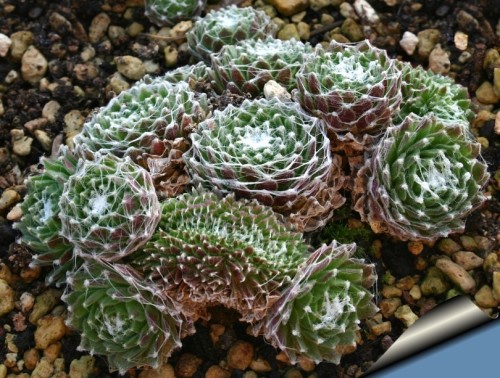
- Marble.
The color of the leaves includes shades of red and green colors, finishing the edge of the leaf plate of the gentle-pink border. The color range resembles a majestic marble, hence the name of the variety. The diameter of the coastal does not exceed 12 cm. Thanks to an unusual color, it was used to decorate rocaries, along with rare plants.
- Wulfena.
Leaves of gentle green, calm color. Sockets are small, up to 5 cm. Decorators use this variety to expand the plants of another coloring. Juicy and fresh green advantageously emphasizes compositions on the background of dark stones.
- "Gamma".
It has dark brown leaves. Medium-sized sockets.
- Russian.
The size of the deciduous socket reaches 6 cm in diameter, the leaves of the oval shape, light green. Traditionally, used to decorate areas in the forest style, with coniferous shrubs and trees.
Each variety is unique and attractive in its own way. Planning the design of flower beds or rokaria, it is better to decide in advance with the variety of MEDICAL to clearly represent the future composition.
Plant reproduction
If you do not remove the patterns, after their drying, child sockets appear, in this way, it mounted independently multiplied in nature.
Gardeners allocate two main methods of breeding: seeds and processes - sockets.
- Seed.
It is initially important to note that this method is time-consuming and long. Energy consumption will be justified only in the event of a new variety.
So, after the collection of ripened seeds, they are sown in a separate container. The soil intended for disembarking cacti, enriched with peat and limestone, loose and not dense. It is necessary to sung in virtually the surface of the moistened soil, closely closeing them in the soil (no more than 1 mm). More often it makes early spring.
For germination of seeds, secure a light place and a temperature not lower than 20 ° C. It is not desirable, a direct hit on the juvenile, sunlight.
When shoots appear, it is necessary to moisten the soil. The oversupply of moisture is destroyed for the succulent, but for the growth of seedlings is needed regular, but not abundant watering.
About, after 2 months, you need to dive seedlings. And, by mid-summer, it is possible to land in an open ground. When landing, the distance between cultures is withstanding - at least 10 cm.
- Vegetative.
This is the most common and easy way to reproduction - by subsidiaries. Molded independently propagates in this way. But, to streamline flower beds, it is better to control this process.
The "kids" appeared on durable stalks and are associated with a maternal plant. But, it's worth it only to grow to the surface of the soil, they will immediately begin to root. Over time, the main plant turns out to be tightly surrounded by such "kids". Daughter sockets almost immediately teethers their own roots. Then, they are easily separated from an adult plant and planted on the flower bed.
Seared sockets is better in spring or summer. When choosing processes, you need to pay attention to larger, grown (with roots), instances of sockets. If you do not separate the daughter sockets from the adult plant, a solid beautiful carpet is shortly formed. This property uses flowerflowers, applying molded as a soil plant.
Seared and transplant the stone rose throughout the vegetative season. The plant easily carries out in a new place and soon begins to delight the eyes with numerous offspring.
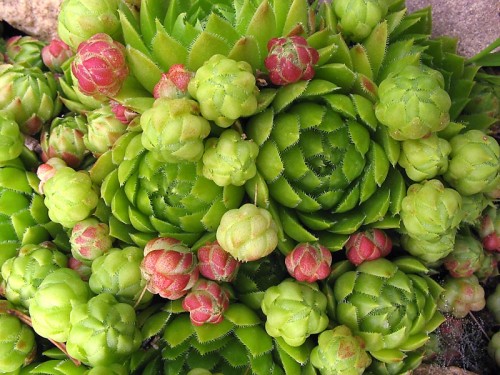
Landing Moldo
Landing and care for Molatil takes a minimum of time. The plant is absolutely unpretentious, easily transplanted and quickly carries out in a new place. Under the conditions of cultivation, it resembles representatives of the cactus family.
- When planting plants, it is better to choose a sunny and open place. The light-affilome plant, optimally develops only in the sun. In the shade, the leaves become long and faded, and it mounted quickly will lose their decorativeness. Do not recommend landing and trees. Lack of light and falling leaves will lead to the death of the plant.
- The soil is preferable to use sandy, drained so that there is no stagnation of moisture. Moldo does not like heavy, clay or fertile (with excess fertilizer) soil. Sometimes, the surface of the soil is additionally added clamzite or crushed stone.
- Before boarding, you need to remove all weeds so that they will not "scored" this short grain grass. Subsequently, it mounted it easily to cope with the weed herb, not passing it through his dense carpet.
- Hut down to the open ground, in the soil a completely small deepening is made. This is due to the underdeveloped root system, which is capable of "cling" in almost the surface layer of soil. Enough when landing only press the power outlet.
- The distance between the sockets should be 10-15 cm, given the rapid growing molded. Practiced and transplantation with whole areas. It is only necessary to pry a shovel rug of the desired size and move it together with the top of the tillage of the soil into a new place.
- After planning, you need to pour a plant for the root. Then provide moderate watering, better - meager.
- The plant is preferably preferably in 4-5 years, provided that the stone "Beauty" hits every year.
With observance of such simple conditions, after landing, you can almost forget about the care of Molodil.
Care for Moldo
Caring for this grass is simple and easy. A unique plant, it mounted, so unpretentious that it does not need it in water, nor in fertile soil, nor in special care.
The only condition for the cultivation of the succulent is only the presence of a sunny, open space.
- Several care measures for the stone rose can be periodic removal of dry inflorescences, weed grass and soil looser. And then, weeds will have to be removed only at first, when the plant has not yet grown. In the future, this problem will be eradicated with a dense carpet of numerous sockets MEDO.
- Molded prefers light, sandy soils. For larger drainage, granite, crushed stone, sand, clamzit add. Stones and limestone - favorite places of growth.
- In an additional watering, the plant does not need. Like any succulent, it is able to accumulate moisture in the leaves and use it as needed. An exception may be too long dry period. Excess moisture causes rotting first of the lower leaves, then the entire plants.
- In order for the plots with Milodil, they do not lose their attractive decorative species, you need to delete faded outlet on time. Their place will immediately take subsidiaries.
- Winter period is also not afraid of this plant. It does not need special shelter and perfectly tolerate frosts. Only falling in the fall, the faster young Succulent sockets, need shelter with sawdust or spruce branches (sweetheart). This event will help better root the plant.
- The fertilizer is not recommended, due to the fact that the feeding stimulate the growth of sockets and reduces the intensity of the plant color. Also, after applying fertilizers, frost-resistant qualities of molded. Additional - half dose of feeding only on the third year of plant growth. For this purpose, a comprehensive fertilizer is used for cacti and other succulents.
- In the conditions of cultivation, it was molded in a humid climate, possibly a crusher, when the lower leaves are bumping, and the outlets become thin and transparent. With the damage to the plant root rot, it is enough to remove the affected outlets from the site. The risk of transition of the disease to neighboring plants is not. In this case, excessive moisture provokes the development of the disease.
- From insects, harm can apply larvae of the May beetle, which spoil the root system of succulent. In the case of pest detection, the larvae needs to be selected from the soil or transplant a stone rose to a new place. Birds can also bother this plant, giving juicy leaves.
In just one year, the landed mounted is completely transformed, confidently smashed over the site. Outlets are becoming larger and reveal as real roses.
Thus, it could be adapted to cultivation in any, even the most extreme conditions. Most of the species of this plant are easily growing both in hot and cold climates. And the extraordinary survivability of the succulent allows him, having placed a long time on the surface, without soil and water, arrive immediately after landing. This decorative grass is an ideal material not only for novice amateur gardeners, but also for experienced landscape designers.
Application Molded in Landscape Design
The external decorative species could not not attract designers of park zones and other landscapes. This succulent has become a real decoration when placing alpine slides, borders or rocaries (slides of stones).
Even lined up simply along the garden track, the plants will give an exotic and spectacular view of the site.
In the landscape design, it was used from a long time - even in the era of the Middle Ages, they were decorated with flat roofs. Now, again, the original and fashionable was the design of roofs and walls, such as garden gazebo.
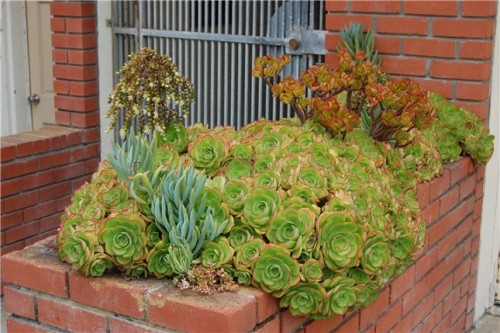
The most appropriate plant looks at the flower beds or vases in the compositions with stones. Such a wild and natural oasis can permanently wait for any esthete look.
The stone rose looks great in a variety of pots and vases. And to create carpet and ornamental patterns on the flower beds, a combination of different varieties has been used. Experienced gardeners sometimes create real picturesque paintings using these plants. A wide color scheme allows you to experiment with varieties, achieving the desired result.

Thanks to the underdeveloped root system and endurance, the plant can be planted anywhere: ranging from the gap between the stones and ending with a border along the track or slope. His amazing appearance will revitalize any element of garden design.
You can easily create a frame composition with the effect of flowing water from color gravel. Magnificent and exotic looks out the sockets molded in the entourage of the old broken pot, jug or shoe.
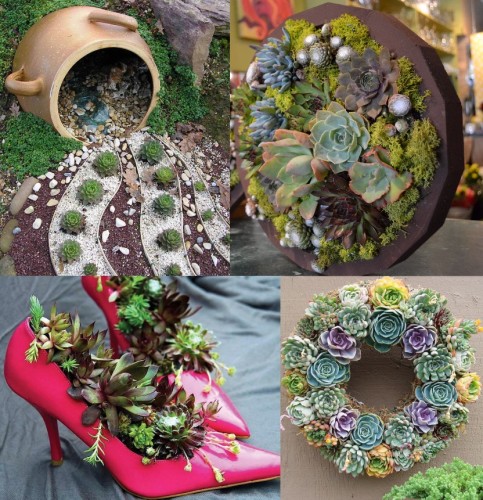
Even separately planted plants resemble a star painting of picturesque "roses" on the flower bed. And in combination with other plants: shrubs, herbs, flowers, are able to benefit all the benefits of garden design. The main thing is that the "neighbors" do not shade the stone rose with their magnificent crown.
The richness of forms and colors, endurance and unpretentiousness was made to make a versatile decorative plant.
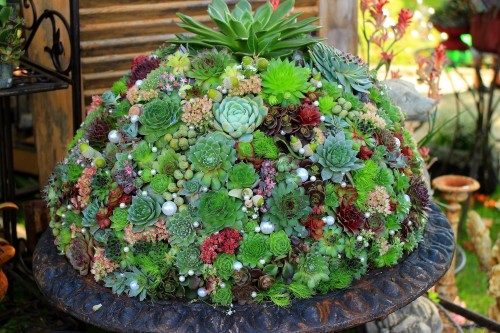
Therapeutic properties of Moldo
In addition to its attractive appearance, it was also also also a medicinal plant.
Therapeutic properties of succulent were used for a long time. In particular, in cosmetology, women used the leaves of the plant, as a rejuvenating agent, which affected the choice of the name for the plant - "MEDOD". It is known that a number of useful trace elements, malic and lactic acids, tannins are accumulated in the fleshy leaves of the succulent. Rejuvenating masks smoothed micro wrinkles, pulled the contour of the face, moistened and nourished it.
In addition to the cosmetic agent, it was made in and inside, as a so-called. biostimulants. There was belief that the leaves of this plant are rejuvenating not only externally, but also the body as a whole. Indeed, after taking it in food, more forces and energy had added. Such manifestations are explained by the presence of certain microelements and biostimulants in the plant. Currently, the use of succulent is not practiced as a food additive.
Widely used, and in folk medicine. Anti-inflammatory, disinfectants, wound-healing properties of stone roses are used for diseases of the lungs, hearts and skin problems. The most healing is considered the leaves of the roofing, assembled during flowering.
Leaf decoction helps with bronchitis, inflammation of lungs, stomatitis and disinfection of the Russian Academy of Sciences. And fresh, frozen with honey, the leaves are taken in heart failure. Applying a sheet to Mozoles, bite or burns, you can easily remove inflammation and reduce pain.
Such valuable therapeutic qualities of Molden make it even more tempting for breeding in her garden.
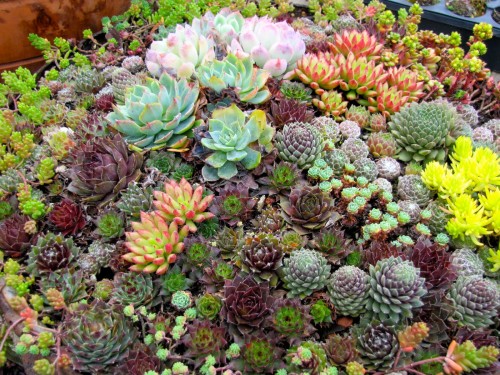
Summing up, it is safe to declare that it mounted is the perfect plant for novice flower flowers. The absence of any special care, unpretentiousness and endurance of the plant - the main qualities that attract more and more gardeners. As a decorative element of the garden, this exotic monocarlik, will give it an opportunity to try himself as a real landscape designer. And then, the creation of your hands will probably please and surprise others.
Moldova, photo

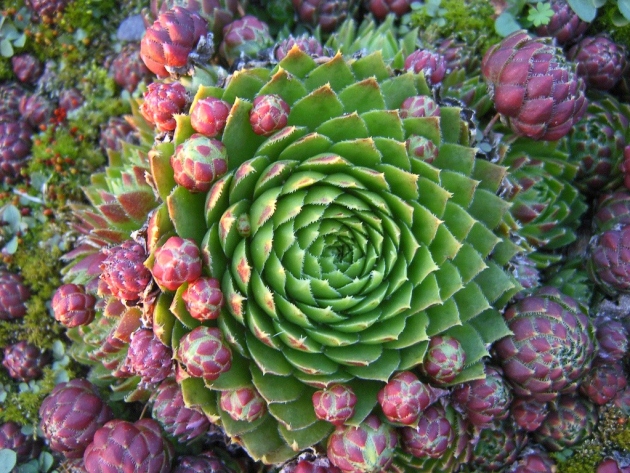
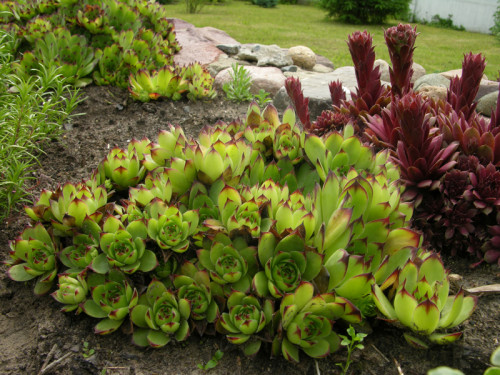
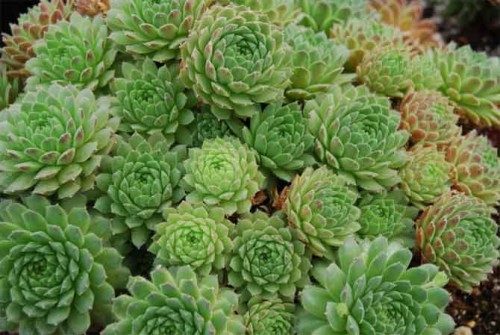
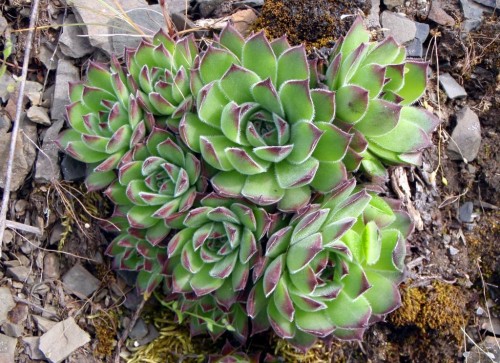
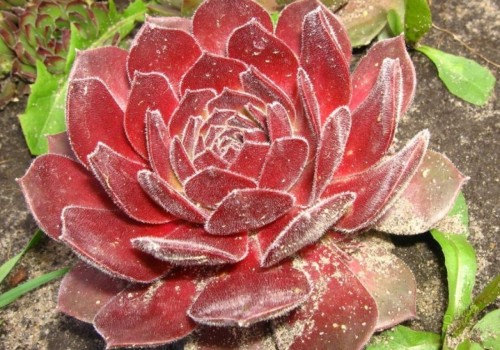
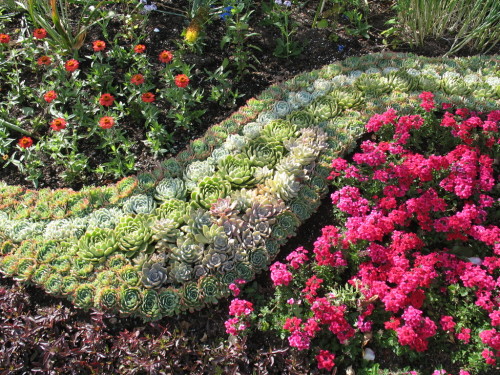
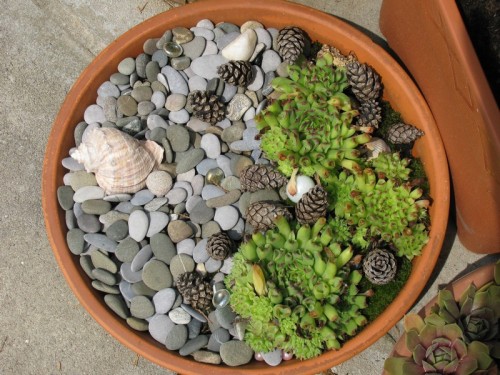

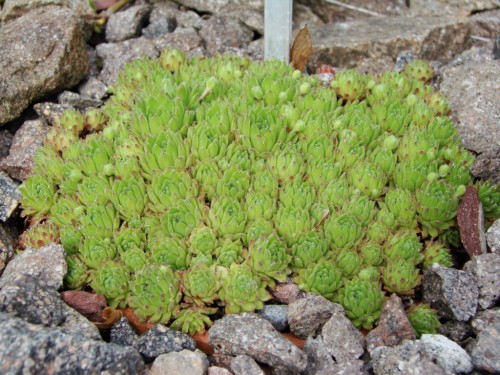
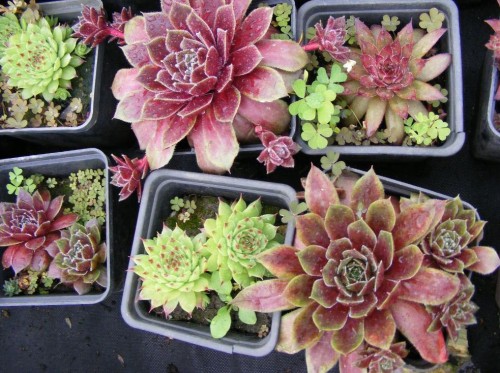
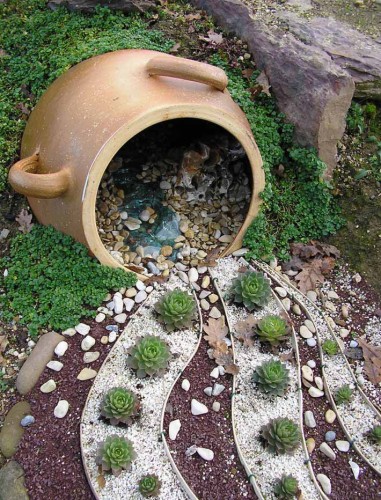
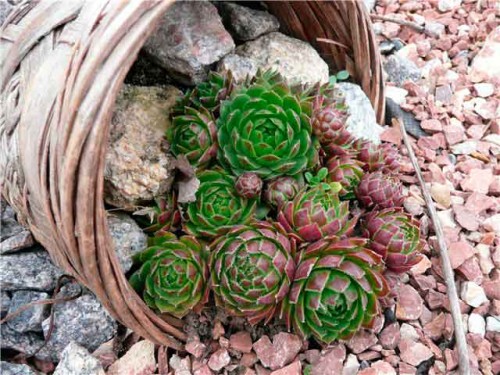
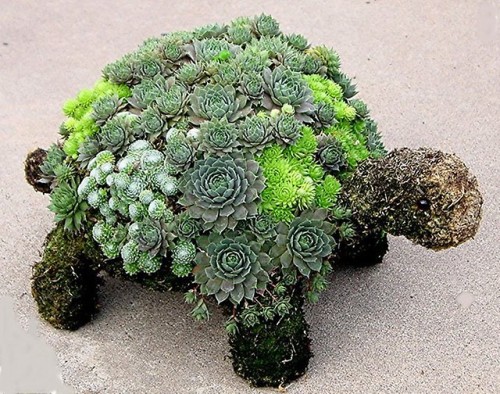
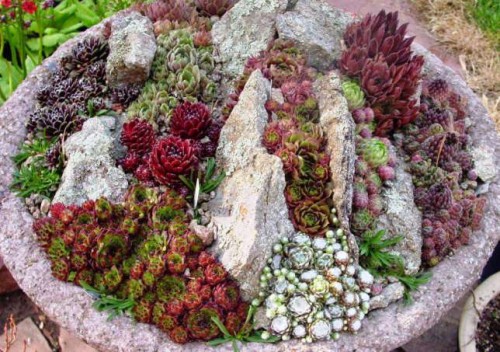
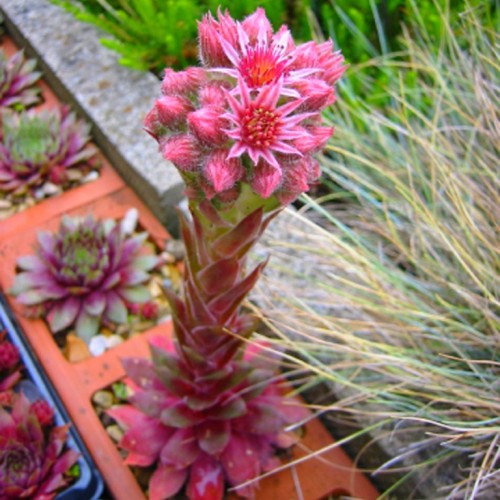













 Start a discussion ...
Start a discussion ...